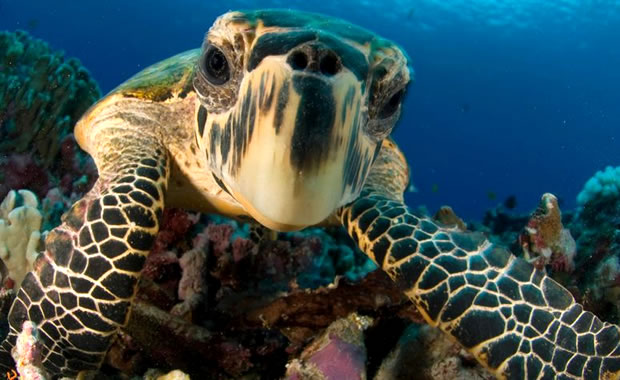African Mahogany
Group:
Plants
Area(s) Where Listed As Endangered:
Angola, Benin, Burkina Faso, Cameroon, Central African Republic, Chad, Cote d'Ivoire, Democratic Republic of Congo (Zaire), Gabon, Gambia, Ghana, Guinea, Guinea-Bissau, Indian Ocean (Comoros), Liberia, Madagascar, Malawi, Mali, Mozambique, Niger, Nigeria, Republic of Congo, Senegal, Sierra Leone, Sudan, Tanzania, Togo, Uganda, Zambia, Zimbabwe
Species/Common Names:
| Khaya anthotheca |
| White Mahogany |
| Khaya grandifoliola |
| Benin Mahogany |
| Large-leaved Mahogany |
| Senegal Mahogany |
| Khaya ivorensis |
| Lagos Mahogany |
| Khaya madagascariensis |
| Khaya senegalensis |
| Benin Mahogany |
| Dry Zone Mahogany |
| Senegal Mahogany |
Facts Summary:
Khaya (commonly known as the African Mahogany species) is a genus of plants of concern and found in the following area(s): Angola, Benin, Burkina Faso, Cameroon, Central African Republic, Chad, Cote d'Ivoire, Democratic Republic of Congo (Zaire), Gabon, Gambia, Ghana, Guinea, Guinea-Bissau, Indian Ocean (Comoros), Liberia, Madagascar, Malawi, Mali, Mozambique, Niger, Nigeria, Republic of Congo, Senegal, Sierra Leone, Sudan, Tanzania, Togo, Uganda, Zambia, Zimbabwe.
Creature Profile

|
Wikipedia Article Copyright Notice: This article is licensed under the GNU Free Documentation License. It uses material from the Wikipedia article "Khaya". |
Status/Date(s) Listed as Endangered
| Scientific Name | Status | Listing Date | Range | |
| 1. | Khaya anthotheca | VU-IUCN | 1998 | Angola, Cameroon, Cote d'Ivoire, Democratic Republic of Congo (Zaire), Ghana, Liberia, Malawi, Mozambique, Nigeria, Republic of Congo, Sierra Leone, Tanzania, Uganda, Zambia, Zimbabwe |
| 2. | Khaya grandifoliola | VU-IUCN | 1998 | Benin, Cote d'Ivoire, Democratic Republic of Congo (Zaire), Ghana, Guinea, Nigeria, Sudan, Togo, Uganda |
| 3. | Khaya ivorensis | VU-IUCN | 1998 | Benin, Cote d'Ivoire, Democratic Republic of Congo (Zaire), Ghana, Guinea, Nigeria, Sudan, Togo, Uganda |
| 4. | Khaya madagascariensis | EN-IUCN | 1998 | Indian Ocean (Comoros), Madagascar |
| 5. | Khaya senegalensis | VU-IUCN | 1998 | Benin, Burkina Faso, Cameroon, Central African Republic, Chad, Cote d'Ivoire, Gabon, Gambia, Ghana, Guinea, Guinea-Bissau, Mali, Niger, Nigeria, Senegal, Sierra Leone, Sudan, Togo, Uganda |
African Mahogany Facts Last Updated:
May 1, 2017
May 1, 2017
To Cite This Page:
Glenn, C. R. 2006. "Earth's Endangered Creatures - African Mahogany Facts" (Online) - Licensed article from Wikipedia: The Free Encyclopedia. Accessed 4/25/2024 at http://earthsendangered.com/profile.asp?sp=6862&ID=10.
Glenn, C. R. 2006. "Earth's Endangered Creatures - African Mahogany Facts" (Online) - Licensed article from Wikipedia: The Free Encyclopedia. Accessed 4/25/2024 at http://earthsendangered.com/profile.asp?sp=6862&ID=10.
Need more African Mahogany facts?

Custom Search


